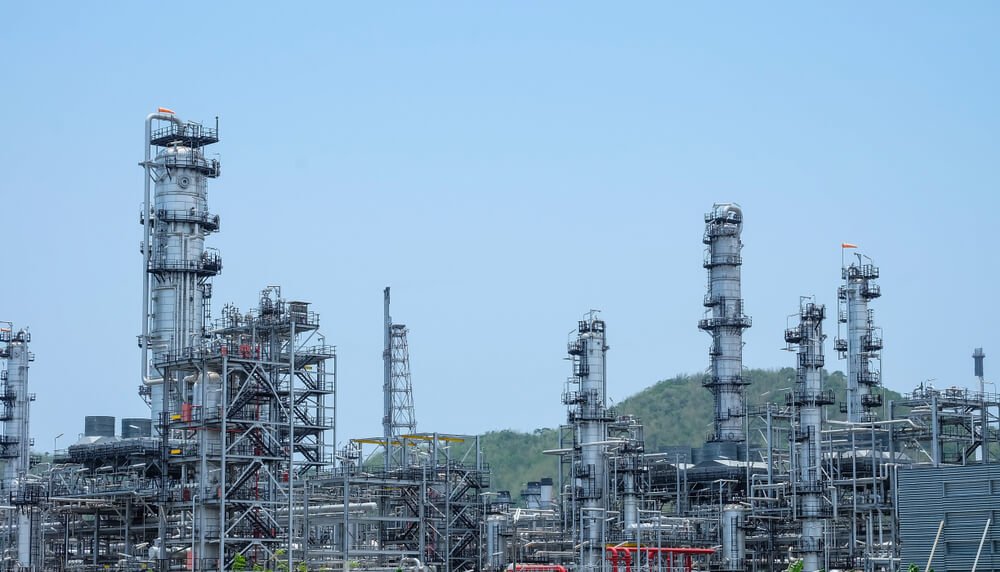March was one for the books for oil price. Two of the leading benchmarks weathered significant numbers of swing highs and lows during the month.
Despite the rocks, the fossil fuel remains intact to welcome the new month with gains.
In the latest update from commodity charts, Brent crude futures added 0.59%, hovering at $63.00 per barrel.
The European benchmark lost 4% from February’s price during the volatile month. The situation was further aggravated by the Suez Canal incident.
Nevertheless, the giant ship carrying crude oil managed to escape from the route earlier, thus putting a business as usual sign back on the front door.
Similarly, the West Texas Intermediate slashed the same period during the month but managed to hike by 0.68% during the day.
The round figure and psychological resistance level of $60.00 remain out of reach. The American benchmark is trading at $59.57 in New York after the recent gains.
The recent hike is mainly generated from the reports from the US Energy Information Administration.
The private government agency noted that crude inventories shed off 900,000 barrels for the week ending March 26.
The improvement is met warmly by traders as EIA reports a build amounting to 1.9 million barrels in the prior week.
On the other hand, the American Petroleum Institute is on the far side of the fence.
API inspection reveals a 3.9 million crude stockpile in the same period which traders are also looking at before making bigger bets on the contract.
Meanwhile, gasoline continues its improving performance. It had a 1.7 million barrel decline for the same period compared to the 200,000 build prior.
Again, OPEC is the Focus
It is nearly impossible to start the new month in crude trading without mentioning OPEC and its allies.
The oil association’s decision on whether to keep production curb in place is imperative in dictating the market’s sentiment towards the black gold.
In March, the bloc’s production has risen, primarily buoyed by its “difficult child,” Iran.
Collectively, the monthly hike surged from 180,000 barrels per day for February to an alarming 25.07 million barrels in March.
The association’s member state met on Wednesday to discuss their next decision. According to insiders, no formal recommendation has been finalized.
Currently, OPEC+ adopts a 7 million barrels per day curb in support of then flagging prices.
The world’s biggest oil producer, Saudi Arabia, added 1 million barrels per day to the pit to ensure further stability of prices.
















